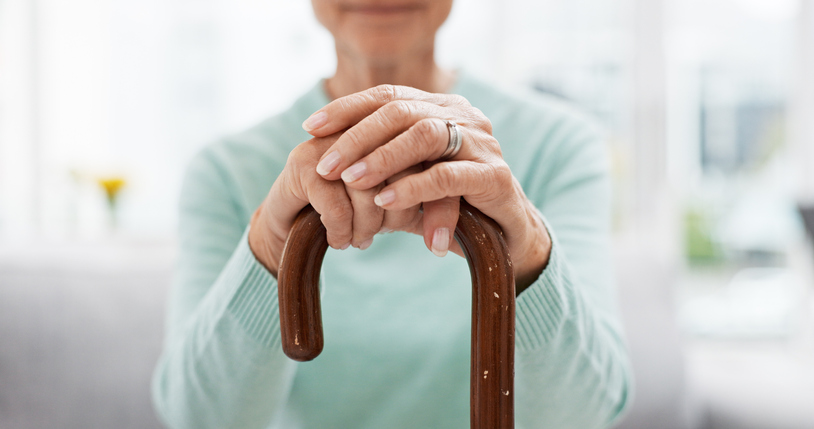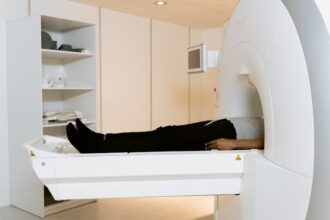This study focused on how very old adults, specifically those in their nineties (nonagenarians), move and spend their time actively or inactively. Researchers wanted to understand how much these older adults move and how their movements relate to their own reports of activity, their body measurements, their social and health status, and how they think and remember things.
A small group of 38 people, averaging 91 years old, wore special watches (accelerometers) that tracked their movements for a week. They also answered questions about their health and did some thinking and memory tests over the phone. The researchers used statistical methods to see how the watches’ data matched what the participants reported about their own activity levels and other personal characteristics.
On average, these older adults took about 2,931 steps daily, spent 11 minutes in activities that got their heart rate up (like brisk walking), and mostly sat or lying down for about 13.6 hours daily. The most common pattern was to have short bursts of activity lasting less than 3 minutes and periods of sitting or being inactive lasting between 20 to 60 minutes. Interestingly, whether someone was a man or a woman didn’t make a difference in these patterns.
The researchers found a good match between what the activity watches recorded and what the participants said about their activity levels. According to the watch data, they also noticed that those with less education, those who felt dizzy, and those who were afraid of falling tended to be less active. Specifically, fear of falling was strongly linked to being less active and spending more time sitting or lying down.
In summary, while most people in their nineties didn’t move around much and spent a lot of time sitting, there was a wide range of activity levels among them. The consistency between what the watches measured and what people reported about their activity was high. According to the watch data, factors like education level, experiencing dizziness, and fear of falling significantly affected how active they were.
More information: Sari Aaltonen et al, Accelerometer-measured physical activity and sedentary behavior in nonagenarians: Associations with self-reported physical activity, anthropometric, sociodemographic, health and cognitive characteristics, PLoS ONE. DOI: 10.1371/journal.pone.0294817
Journal information: PLoS ONE








